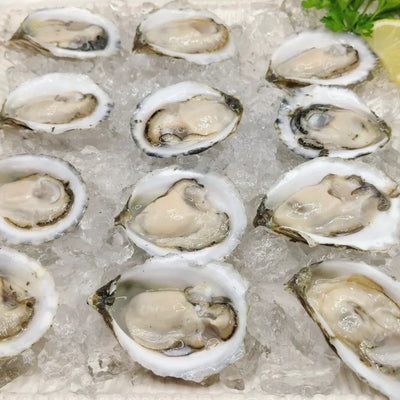Oyster Wars
Personally, I’m always (and I’m sure many others are) willing to fight for the last oyster in the bucket. However, perhaps not to the point of open conflict. The popularity and profitability of oyster production in the 19th and 20th centuries led to what has been called the “Oyster Wars.” The was an ongoing struggle between oyster pirates, New England fisherman, watermen, and local governments in the Chesapeake Bay for nearly a century.
Tensions Rise
Improved harvesting technology and increased demand caused the Oyster industry to explode after the American Civil War. So, when oyster beds began drying up in coastal areas, New England fisherman tried to seize on the lucrative opportunity presented in the oyster abundant Chesapeake Bay. The Chesapeake Bay was optimal for oyster production due to its size, temperature, and salinity. This led to more competition and rising tensions between legal watermen, New England fisherman, and oyster pirates for this precious delicacy that we, still to this day, love.
Authorities Attempt to Clamp Down
The Maryland and Virginia governments began passing more legislation to protect oyster harvesting by requiring permits to harvest oysters, limiting dredging, and increasing law enforcement. However, enforcement was a challenge, and ongoing conflict ensued for decades while pirates engaged in middle of the night dredging, law enforcement raided boats, and skirmishes broke out between oystermen and pirates. In time, after many successful and failed attempts at capturing and convicting dredgers, law enforcement and fishery management gradually improved in some regards. Throughout the Oyster Wars, authorities largely struggled to control the illegal dredging activity, which demonstrates the measures various parties were willing to take to secure and benefit from the value of Chesapeake Bay oysters.
Moving Forward
Eventually, the Oyster Wars simmered down, and local governments moved to different methods to regulate the industry. Unfortunately, the overharvesting of oysters in the 19th century caused persisting damage to the Chesapeake Bay’s oyster harvesting ability. Luckily for oyster lovers today, there are various regions and oyster farms that produce an abundance of oysters for the market.









